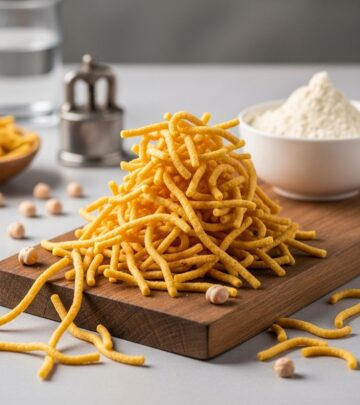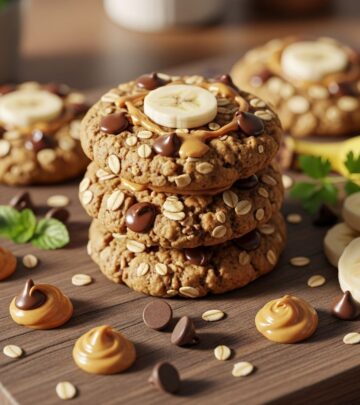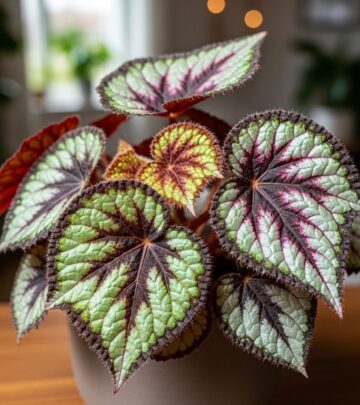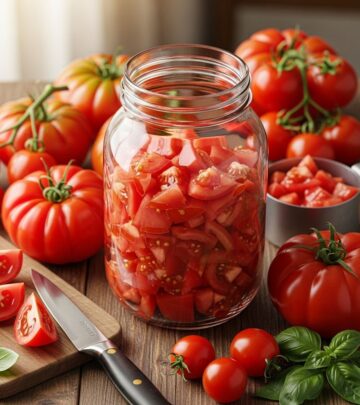14 Elegant Trees With White Flowers for Cold Climates
From fragrant spring blooms to vibrant autumn foliage, these selections enhance any chilly garden.
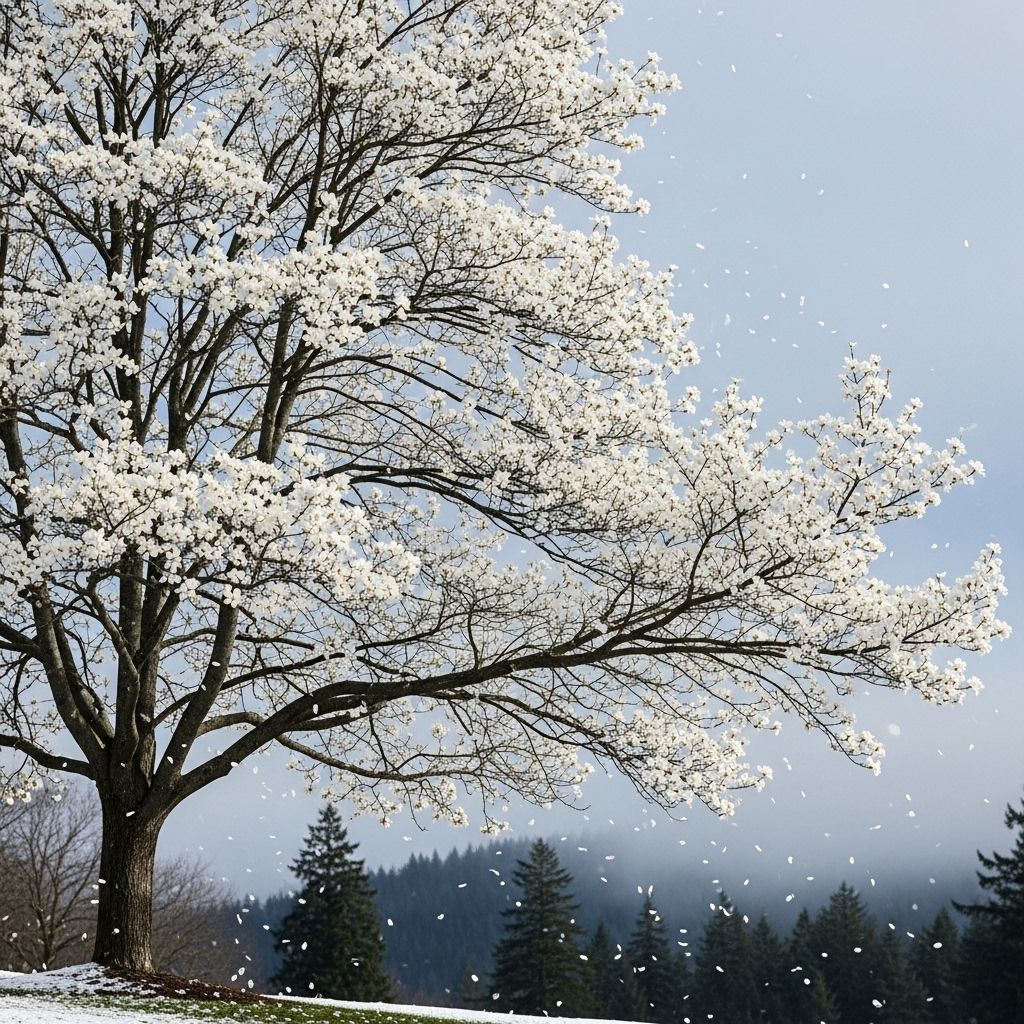
Image: HearthJunction Design Team
Trees with white flowers lend a sense of lightness and tranquility to any garden, regardless of size or style. Their blossoms glow in the evening, create luminous highlights by day, and offer both visual and fragrant interest from very early spring through to frost. For gardeners in cooler regions, selecting cold-hardy white-flowering trees is especially rewarding. This in-depth guide explores 14 of the finest options, including their growing habits, ornamental features, and seasonal contributions to your landscape.
Table of Contents
- Star Magnolia
- Serviceberry
- Crabapple
- Hawthorn
- Native Cherries
- White Dogwood
- Pagoda Dogwood
- Fringetree
- Silverbell
- Seven-son Flower
- Kousa Dogwood
- Flowering Pear
- Mountain Ash
- Yellowwood
1. Star Magnolia (Magnolia stellata)
Star Magnolias introduce the new season with a burst of star-shaped, white petals. These small to medium-sized trees are prized for their early bloom: flowers emerge before leaves unfurl, against a network of bare branches for maximum impact. Their blossoms are gently fragrant with a hint of spice, and the petals are said to be edible with a gingery flavor. Star Magnolias are suitable for USDA zones 4 to 8 and thrive in well-drained soil with partial to full sun.
- Grows 15–20 feet high
- Deer resistant
- Valued for early spring display
2. Serviceberry (Amelanchier spp.)
A native wonder, the Serviceberry tree blooms just as spring awakens. Its airy clusters of white flowers coincide with local fish migrations in many areas, hence common names like shadbush or juneberry. After the delicate blossoms, blue-purple berries develop, beloved by both birds and people. Serviceberries are tolerant of a wide range of soils and can be grown as multi-stemmed shrubs or small trees. Hardy from USDA zones 4 to 9.
- Height varies by species (up to 30 feet)
- Flowers in early spring
- Edible berries in summer
- Native and pollinator-friendly
3. Crabapple (Malus spp.)
Crabapples are legendary for their spring spectacle. Multiple cultivars produce clouds of white blossoms, some pure while others are blush-tinged. Beyond their showy blooms, crabapples provide small fruits for birds and add autumn interest with richly colored leaves. Most thrive in USDA zones 4–8 and are highly adaptable but prefer full sun for best flowering and fruit-set.
- Usually 15–25 feet tall
- Many disease-resistant varieties available
- Excellent wildlife value
- Attractive in all seasons
4. Hawthorn (Crataegus spp.)
Hawthorns are tough, adaptable small trees covered in frothy white flowers in late spring. After blooming, many develop clusters of small red fruit that persist well into winter. Their strong forms and thorny branches add a sculptural element to gardens. Hardy from zones 4–7, they suit a range of landscape styles from cottage to formal.
- Height: generally 15–25 feet
- Wide environmental tolerance
- Flowers attract pollinators
- Persistent winter fruit
5. Native Cherries (Prunus spp.)
Many native Cherries offer delicate white blooms in spring, including black cherry (Prunus serotina) and chokecherry (Prunus virginiana). While the flowers are modest, their sheer abundance creates a haze of white, followed by wildlife-attracting cherries. Cherries thrive in full sun and are remarkably cold-hardy, making them ideal for northern gardens (zones 2–7).
- Variable sizes: small tree to larger tree forms
- Essential habitat tree
- Edible (but tart) fruit supports birds and mammals
6. White Dogwood (Cornus florida)
White Dogwoods are icons of the spring landscape. Their large, layered blossoms open just as the woodland canopy leafs out. Dogwoods prefer dappled sunlight and moist, acidic soil. They are hardy from USDA zones 5–8 and serve as excellent understory trees.
- Height: 15–30 feet
- Horizontal branching for winter interest
- Bright red fall foliage and fruit
- Good for pollinators and songbirds
7. Pagoda Dogwood (Cornus alternifolia)
For a unique structure, Pagoda Dogwood offers creamy-white flowers in flat-topped clusters, layered branching, and small blue-black fruit. Its tiered habit sets it apart in mixed borders. Grows well from USDA zones 3–7, preferring cool, moist sites.
- Typically 15–25 feet tall
- Distinct tiered form
- Appealing to birds in fruit
8. Fringetree (Chionanthus virginicus)
The Fringetree is adored for its cascades of lightly fragrant, pure-white flowers that resemble lace or fringe. Blooming in late spring, this tree is adaptable and slow growing but worth the wait. Suitable for USDA zones 4–9.
- Grows 12–20 feet
- Rugged enough for urban landscapes
- Small blue fruit (female trees)
9. Silverbell (Halesia spp.)
Silverbells produce bell-shaped white flowers that dangle from branches in late spring. The American silverbell (Halesia carolina) is particularly cold-hardy, performing well in zones 4–8. It prefers acidic, moist soils and partial shade.
- Height: 20–40 feet
- Flowers hang beneath branches
- Attractive fall color
10. Seven-son Flower (Heptacodium miconioides)
Late summer through early fall, Seven-son Flower bursts into masses of fragrant, creamy-white blooms. Later, pink calyces give a second season of color. Cold-hardy to zone 5, it is a valuable late-season resource for pollinators.
- Height: 15–20 feet
- Peeling tan bark for winter interest
- Excellent for bees and butterflies
11. Kousa Dogwood (Cornus kousa)
The Asian counterpart to native dogwoods, Kousa Dogwood features crisp, star-like white flowers that follow the leaves. Fruit appears raspberry-like in fall, and the branching pattern provides winter interest. This dogwood withstands urban conditions and is hardy in zones 5–8.
- Height: 20–30 feet
- Long bloom season
- Edible fruit attracts birds
12. Flowering Pear (Pyrus spp.)
Flowering pears erupt in clouds of white blossom early in spring, before foliage appears. While widely used as urban shade trees, care should be taken in choosing non-invasive varieties. Most are hardy from zones 4–8 and tolerate tough urban sites.
- Grows up to 30–40 feet
- Pyramidal or oval form
- Glossy green summer leaves
13. Mountain Ash (Sorbus spp.)
Mountain Ash trees provide flat clusters of creamy-white flowers in spring, followed by brilliant red-orange berries beloved by birds. They are cold-hardy, thriving in well-drained, moist soils in zones 3–6.
- Height: 20–40 feet
- Excellent wildlife value
- Fine-textured, feathery appearance
14. Yellowwood (Cladrastis kentukea)
Yellowwoods are revered for their cascades of white, wisteria-like flowers. While not annual bloomers, their flowering years are spectacular. Fall foliage turns buttery yellow. Best in zones 4–8 with moist, well-drained soil.
- Height: 30–50 feet
- Best in full sun
- Smooth gray bark for winter beauty
Care and Cultivation Tips for White Flowering Trees
- Right Location: Plant in a site matching your tree’s sunlight and soil needs.
- Proper Planting: Dig the hole twice as wide as the root ball but no deeper than its height.
- Watering: Keep newly planted trees moist; reduce watering once established.
- Pruning: Remove dead or broken wood. Deadhead spent blooms, being careful not to cut next year’s flower buds.
- Fertilization: Use appropriate, slow-release fertilizer for healthier growth and more abundant blooms.
Comparing Popular White-Flowering Trees
| Tree | Height (ft) | Bloom Time | USDA Zones | Notable Features |
|---|---|---|---|---|
| Star Magnolia | 15–20 | Early Spring | 4–8 | Fragrant, edible petals |
| Serviceberry | 15–30 | Very Early Spring | 4–9 | Edible berries, wildlife value |
| Crabapple | 15–25 | Spring | 4–8 | Fruit, all-season interest |
| Hawthorn | 15–25 | Late Spring | 4–7 | Winter fruit, tough |
| White Dogwood | 15–30 | Spring | 5–8 | Iconic eastern US specimen |
| Yellowwood | 30–50 | Late Spring | 4–8 | Dramatic hanging flowers |
Designing With White-Flowering Trees
White-flowering trees can serve either as standalone focal points or as part of a layered garden design:
- Contrast: Pair with dark-leaved or evergreen backdrops to enhance the luminous effect.
- Evening Appeal: Use in garden areas enjoyed at dusk or by moonlight for a glowing effect.
- Understory Plantings: Combine with shade-tolerant perennials for a woodland garden vibe.
- Multi-Season Interest: Choose species with attractive fall color or winter bark for year-round beauty.
Frequently Asked Questions (FAQs)
Q: What is the easiest white-flowering tree to grow in cold climates?
A: Many gardeners find Serviceberry and Star Magnolia among the easiest and most reliable for cooler zones. Both are hardy, adaptable, and low maintenance.
Q: Can I grow these trees in containers?
A: While most will eventually outgrow a pot, young trees like Star Magnolia or Serviceberry can be started in large containers and moved to the ground after a few years.
Q: How do I choose between a crabapple and a cherry tree?
A: Crabapples offer more resilient varieties, a wider range of flower forms, and persistent fruit for wildlife—making them great for landscape value. Cherries attract birds and offer subtle, fragrant blooms but often have a shorter flowering season.
Q: When should I prune my white-flowering tree?
A: Most should be pruned just after they finish flowering, to avoid removing next year’s buds. Remove any dead or crossing branches to maintain health and shape.
Q: Will white-flowering trees attract pollinators?
A: Absolutely. Many of these trees, including hawthorn, serviceberry, and dogwoods, are excellent sources of early-season nectar and pollen for bees, butterflies, and beneficial insects.
By choosing trees with white blossoms, you infuse your garden with timeless beauty, boost biodiversity, and ensure seasonal splendor—no matter how cold your climate.
References
Read full bio of Shinta


